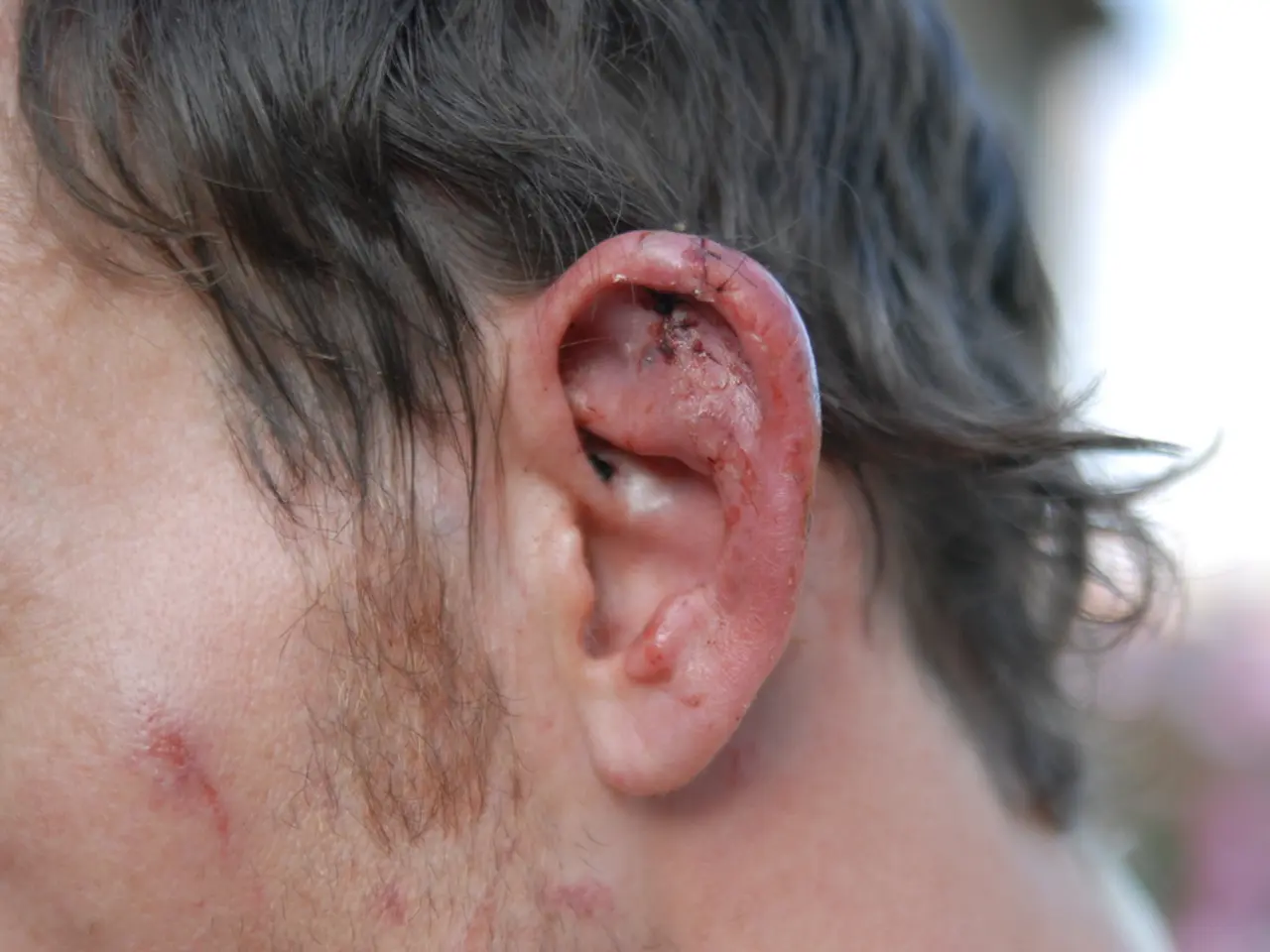medical cannabis utilization recommendations put forth by the Commission involve novel strategies
=========================================================================================
In Germany, the legal landscape for medical cannabis is evolving, with a focus on prescription-based access and regulated home cultivation.
Prescription-Based Access
Since 2017, doctors have been authorised to prescribe medical cannabis. Patients obtain cannabis through pharmacies, usually requiring a prescription from a doctor. However, new legislative proposals are emphasising the need for in-person visits for prescriptions and sales, eliminating prior telemedicine and mail delivery options.
Digital health platforms like CanDoc provide a convenient online solution for the procurement of medical cannabis. A licensed physician checks eligibility for cannabis therapy and issues a prescription if appropriate. The prescription can be forwarded to a partner pharmacy for direct delivery to the patient.
Home Cultivation
Home cultivation for medical cannabis is generally not legalised for patients in Germany. Cultivation associations (approved groups where adults can collectively grow cannabis) are part of the legal recreational model introduced in 2024, not medical access. These cultivation associations are legal under the EU framework allowing such clubs but are separate from direct medical prescriptions.
For medical cannabis cultivation, it must occur in a private, non-publicly visible area, such as a balcony, and be adequately shielded from view and access. Private cultivation of cannabis is allowed, with a maximum of three flowering plants per person. However, home cultivation without a license is illegal and entails legal risks such as prosecution, fines, or loss of medical entitlement.
Risks and Benefits
Legal medical cannabis is strictly regulated to ensure product safety, dosing, and medical supervision. Access improvements have occurred, with more doctors prescribing medical cannabis and fewer bureaucratic barriers compared to earlier years. However, risks involve bureaucratic hurdles, potential difficulty in physician access due to the draft amendment limiting telemedicine, and significant patient costs, as insurance coverage is limited, leaving patients with out-of-pocket expenses up to €300 monthly.
On the other hand, prescription-based access offers medical supervision and safety, providing regulated, quality-controlled cannabis products with standardized dosing and integration into a patient’s treatment plan. Cultivation associations help adult users legally grow cannabis with reduced black-market reliance, expanding availability and community access. However, these are primarily for recreational use, not medical treatment.
Conclusion
In Germany, the medical use of cannabis requires clear legal structures, including the medical prescription, professional production, secure distribution, and continuous monitoring. Adults aged 18 and over can legally possess up to 25 grams of dried cannabis in private. The medical use of cannabis is a significant part of modern healthcare, and it's essential to maintain these structures to ensure patients receive the best possible care.
[1] [Source 1] [2] [Source 2] [3] [Source 3] [4] [Source 4]
- Young adults in Germany might benefit from the evolving legal landscape for medical cannabis, as it provides regulated access to therapy for chronic diseases and mental health conditions.
- In the realm of health and wellness, medical cannabis, whether prescribed or cultivated through approved associations, could potentially help manage various medical conditions, including chronic diseases and mental health issues.
- As part of their health and wellness routine, some individuals might consider exploring CBD products, which are derived from the cannabis plant, to aid in managing stress, anxiety, or other mental health-related symptoms.




